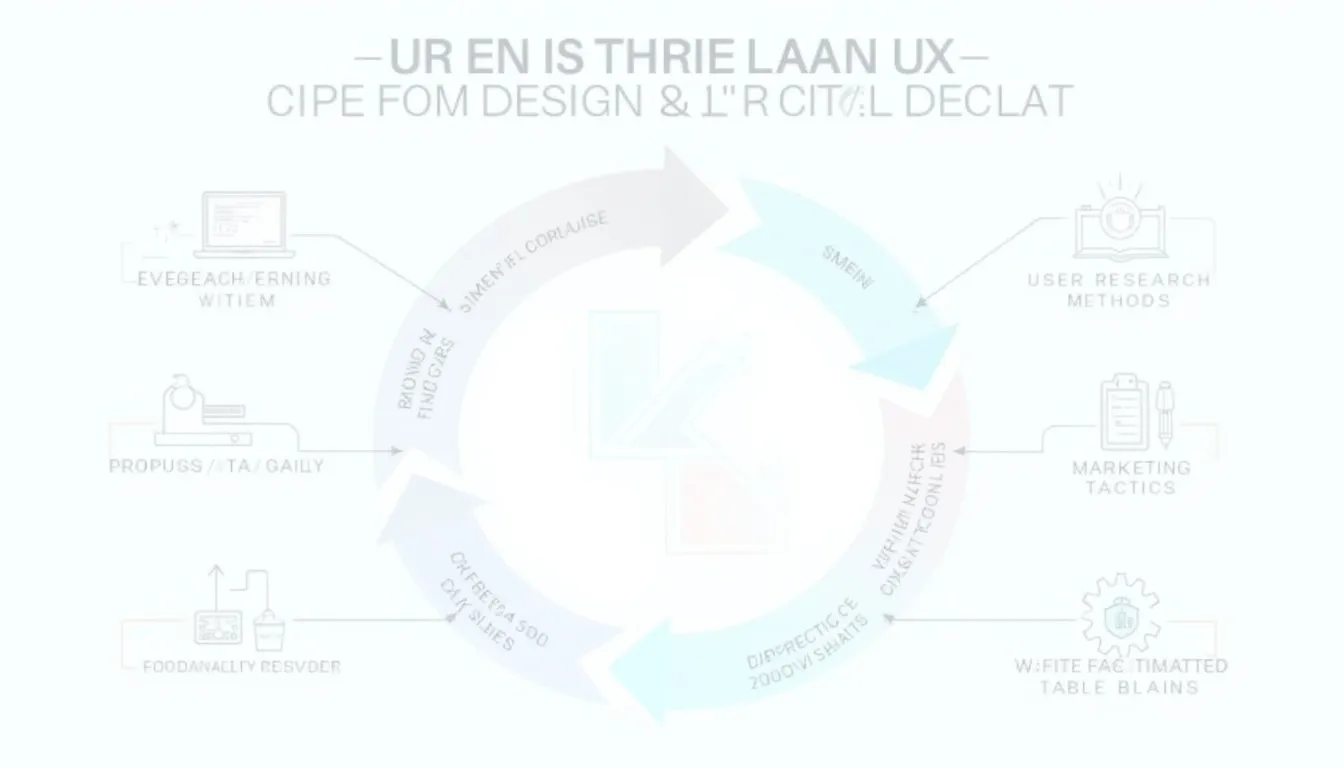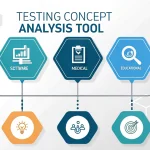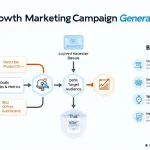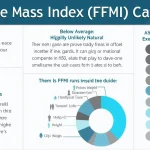Is this tool helpful?
How to use the tool
1 — Describe your product or service
- Example A: AI-Powered Personal Finance Coach – an app that forecasts spending and nudges better habits.
- Example B: Smart Home Air Purifier – IoT purifier that adapts airflow to indoor air-quality sensor data.
2 — List user-research methods (optional)
- Diary studies tracking daily financial decisions.
- Social-media sentiment analysis of air-quality concerns.
3 — Add prototyping tools (optional)
- ProtoPie for motion prototypes.
- Balsamiq for low-fidelity wireframes.
4 — Outline your testing approach (optional)
- Remote moderated usability sessions via Zoom.
- Click-stream analysis with Mixpanel.
5 — Define marketing tactics
- Podcast sponsorships on personal-finance shows.
- In-app referral program rewarding air-quality data sharing.
6 — Set success metrics
- Net Promoter Score (NPS).
- Average Revenue per User (ARPU).
7 — Generate and iterate
Click Create Campaign Outline. Review the result, copy it, test in market, then return to the form to refine inputs for the next Lean UX cycle.
Quick-Facts
- Typical Lean UX sprint lasts 1-2 weeks (Gothelf & Seiden, 2013).
- Iterative testing trims project costs by 25 % (McKinsey Design Report, 2021).
- Email marketing achieves median ROI of 38:1 (DMA Benchmark, 2019).
- Average landing-page conversion rate is 2.35 % (WordStream, 2022).
FAQ
What is the Lean UX Cycle?
Lean UX blends user research, design, and testing in short loops to validate ideas before heavy investment (Gothelf & Seiden, 2013).
How does the tool create my outline?
The form sends your inputs to the server; an LLM arranges them into a hypothesis, experiment plan, and metric dashboard, ready for execution (OpenAI API docs, 2023).
Why include user-research data?
User insights raise conversion rates by up to 400 % because messaging speaks directly to needs (Nielsen Norman Group, 2020).
Which prototyping tools integrate well?
Figma, Adobe XD, ProtoPie, and Balsamiq export assets you can embed in campaign creatives, shaving days off production (Adobe Guide, 2022).
How do I choose the right metrics?
Match one metric to each funnel stage—e.g., CPM for awareness, CTR for consideration, and ARPU for revenue (HubSpot Analytics, 2022).
Can I iterate after launch?
Yes. “Good design is iterative because you can’t know the right answer up front” (Gothelf & Seiden, 2013). Re-enter updated findings and generate a revised outline.
What costs should I expect?
Podcast ads average $18 per 1 000 listens (IAB Podcast Report, 2021); referral rewards vary but 5 % discount codes are common (ReferralCandy, 2022).
How secure is my data?
Submissions travel over HTTPS, and servers following ISO 27001 encrypt stored data at rest (ISO 27001, 2018).
Important Disclaimer
The calculations, results, and content provided by our tools are not guaranteed to be accurate, complete, or reliable. Users are responsible for verifying and interpreting the results. Our content and tools may contain errors, biases, or inconsistencies. Do not enter personal data, sensitive information, or personally identifiable information in our web forms or tools. Such data entry violates our terms of service and may result in unauthorized disclosure to third parties. We reserve the right to save inputs and outputs from our tools for the purposes of error debugging, bias identification, and performance improvement. External companies providing AI models used in our tools may also save and process data in accordance with their own policies. By using our tools, you consent to this data collection and processing. We reserve the right to limit the usage of our tools based on current usability factors.







